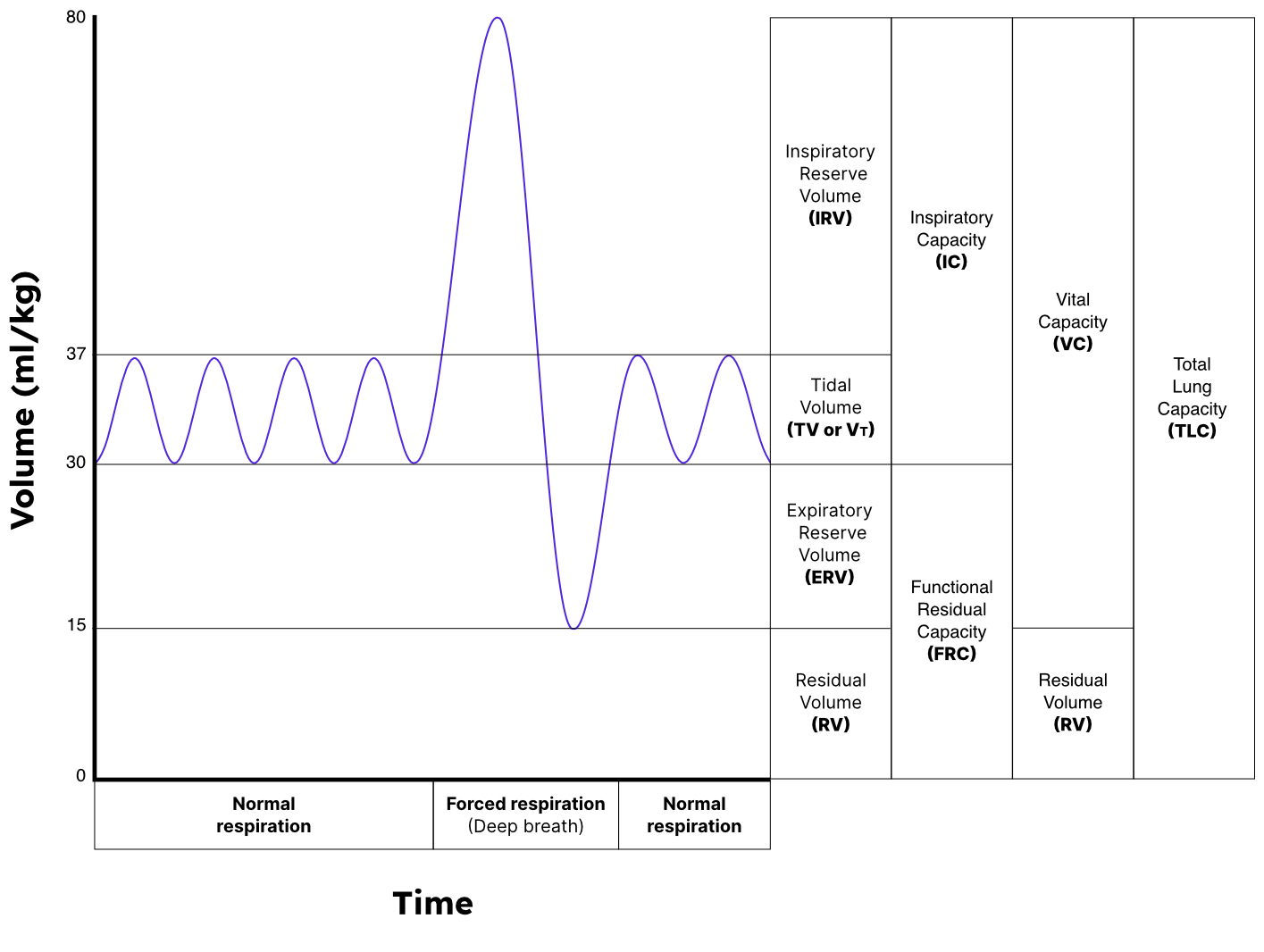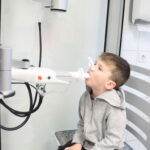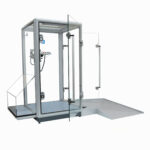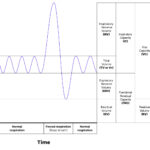The basic Pulmonary Function Test (PFT) measurement parameters and their explanations are as follows:
- Forced Vital Capacity (FVC):
- Definition: The total amount of air that can be forcibly exhaled from the lungs after taking the deepest breath possible.
- Explanation: FVC is a critical measure to assess the strength and functionality of the lungs and can help in diagnosing restrictive and obstructive lung diseases.
- Forced Expiratory Volume in 1 second (FEV1):
- Definition: The volume of air that can be forcibly blown out in one second, after a full inhalation.
- Explanation: FEV1 is used to assess the severity of airway obstruction. It is often expressed as a percentage of the FVC (FEV1/FVC ratio).
- FEV1/FVC Ratio:
- Definition: The ratio of FEV1 to FVC, expressed as a percentage.
- Explanation: This ratio helps in differentiating between obstructive and restrictive patterns in lung diseases. A lower ratio typically indicates obstructive lung disease.
- Peak Expiratory Flow (PEF):
- Definition: The highest flow rate achieved during a forced exhalation starting from full lung inflation.
- Explanation: PEF reflects the maximum speed of expiration and is useful in monitoring conditions like asthma.
- Total Lung Capacity (TLC):
- Definition: The maximum amount of air that the lungs can hold.
- Explanation: TLC is used to evaluate lung volume and can indicate the presence of restrictive lung diseases.
- Residual Volume (RV):
- Definition: The amount of air remaining in the lungs after a maximal exhalation.
- Explanation: RV can indicate air trapping and hyperinflation, commonly seen in obstructive lung diseases.
- Functional Residual Capacity (FRC):
- Definition: The volume of air remaining in the lungs after a normal exhalation.
- Explanation: FRC is important in understanding the elastic properties of the lungs and chest wall.
- Diffusing Capacity of the Lung for Carbon Monoxide (DLCO):
- Definition: A measure of the lungs’ ability to transfer gas from inhaled air to the blood.
- Explanation: DLCO is useful in diagnosing and monitoring diseases that affect the lung’s alveolar-capillary membrane, such as pulmonary fibrosis.
These parameters provide comprehensive information about the functionality and capacity of the lungs, helping healthcare providers diagnose, monitor, and manage various pulmonary conditions.




